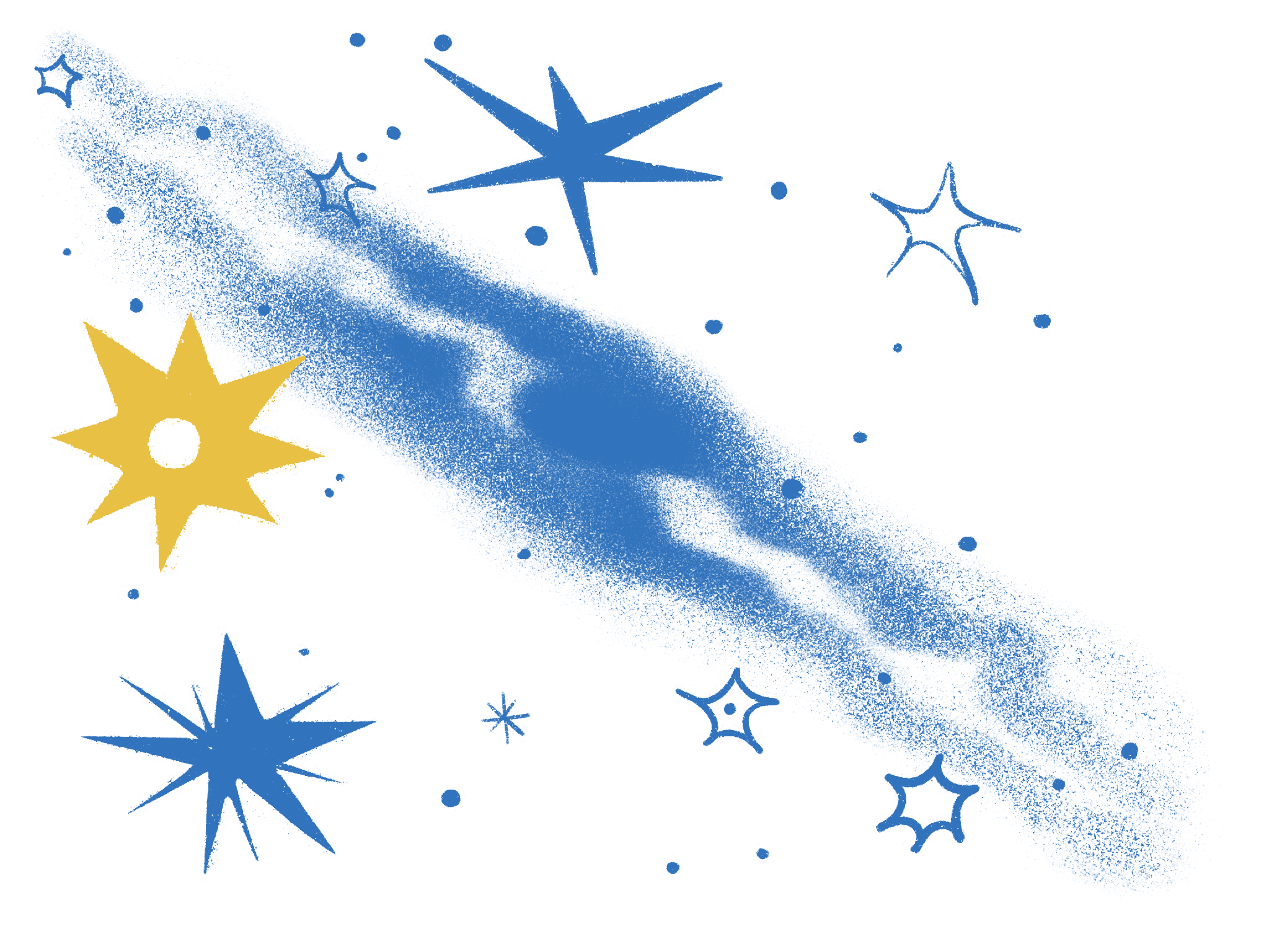
Our Impact
BETTER RECRUITMENT
BETTER RECRUITMENT
100Kin10 preparation programs use improved strategies to recruit highly-qualified candidates
100Kin10 preparation programs use improved strategies to recruit highly-qualified candidates
"Through joining in 100Kin10’s mission and collaborating with other network partners, preparation programs in 100Kin10’s network developed more effective strategies to attract highly qualified candidates to their programs.
"- Bellwether Education Partners
100Kin10 Partners Buck the Trend of Declining Teacher Prep
Against historic declines of about 30% in teacher preparation programs since 2010, 100Kin10 partners prepared more teachers during each of the last two years of the decade effort than any year before. In 2011-12, 100Kin10 partners prepared an average of 172 STEM teachers per year. By 2020-21, they prepared an average of 294 STEM teachers per year.
Getting the Facts Out About STEM Teaching
In 2017, Wendy Adams, Research Associate Professor and Teach@Mines Director at Colorado School of Mines, worked with other 100Kin10 partners through a Project Team to develop the concept for the Get the Facts Out (GFO) recruitment campaign to change the national conversation around STEM teacher recruitment. Adams explained how 100Kin10 provided her with the opportunity to tackle a problem that otherwise would have gone unaddressed: “I didn’t know how I could possibly make a change, just little, old me at a university. And then I thought…the 100Kin10 network might be the way to do this." GFO provided information and materials to professors and undergraduate STEM majors designed to dispel common negative myths about teaching. The work of the Project Team led to ~$2.5M in additional funding from the National Science Foundation to bring the idea fully to life.
In 2021 alone, GFO reached over 5,000 faculty and students at 1,000 institutions across the country, 60 of which are collecting survey data from faculty and students each year. Preliminary data indicate that the GFO approach has had a positive impact on university students, who were more likely to report an interest in teaching and that their professors value and encourage teaching than they were before exposure to GFO.
"The fact that [as a teacher] you actually have autonomy in your career, that you get to decide how you want to do things in your own classroom, and that teaching is in fact, extremely challenging intellectually, because you are constantly problem solving on your feet. I don't think my students thought about teaching that way.
"- Vince Kuo, Physics Professor at Colorado School of Mines and GFO change agent
National Vision Attracts Future Teachers
Aaron Popham, Dean and Academic Vice-President, Teachers College at Western Governors University, explained how being a part of 100Kin10 improved their recruitment efforts: “I think being a part of the network, being aligned with this vision and mission of preparing 100,000 teachers in ten years, has allowed us to [get people to have an interest in the program]. It lets potential students know that we're aligned with the national vision and mission, which then gives us a better opportunity to recruit and bring into our programs higher quality, good students.”
"We became a STEM-strong College of Education and Human Services. We were able to further our agenda in ways that we never would have been able to achieve without the ideas, the support, the collegiality, and the networking of 100Kin10. We developed a reputation at our university and in the area of being the place to go when you wanted to be a STEM teacher.
"- Sharon Sherman, Professor and Dean Emerita at Rider University School of Education
Data Drives More-Strategic Recruitment
Ashley Clark, former Director of Recruitment, Academy for Urban School Leadership in Chicago, discussed how learning from other partners influenced their approach to attracting teacher candidates, in particular those who share identities with the students they aim to reach: “It’s been so helpful to hear others in the teacher prep space and how they’re advertising and noting their impact. It’s helped us be more thoughtful and forward thinking of what’s important in terms of teacher prep. We decided to start asking and getting data on which of our teacher applicants were first generation. How many of our teachers have seen a true livelihood change as a result of teaching as far as their salaries, and how have we been able to shape the wealth of our residents becoming teachers, especially with some of the ones who truly identify with some of the experiences that our students are having? It’s really pushed our thinking about where our opportunities are.”
